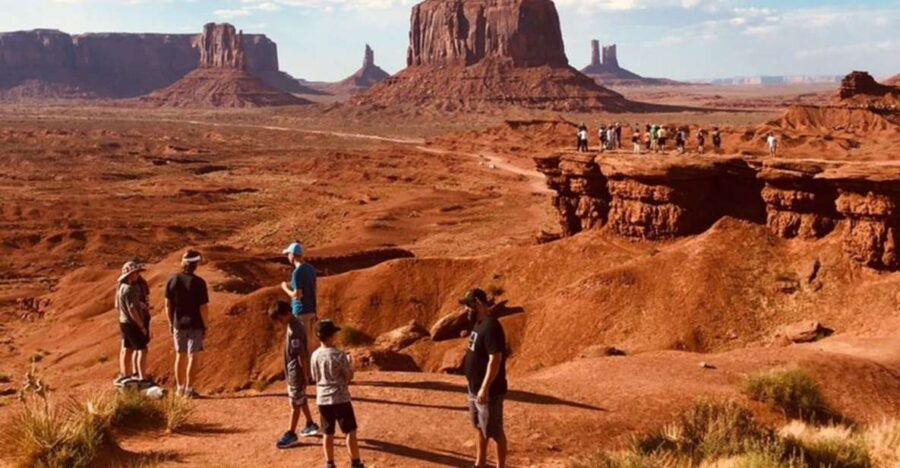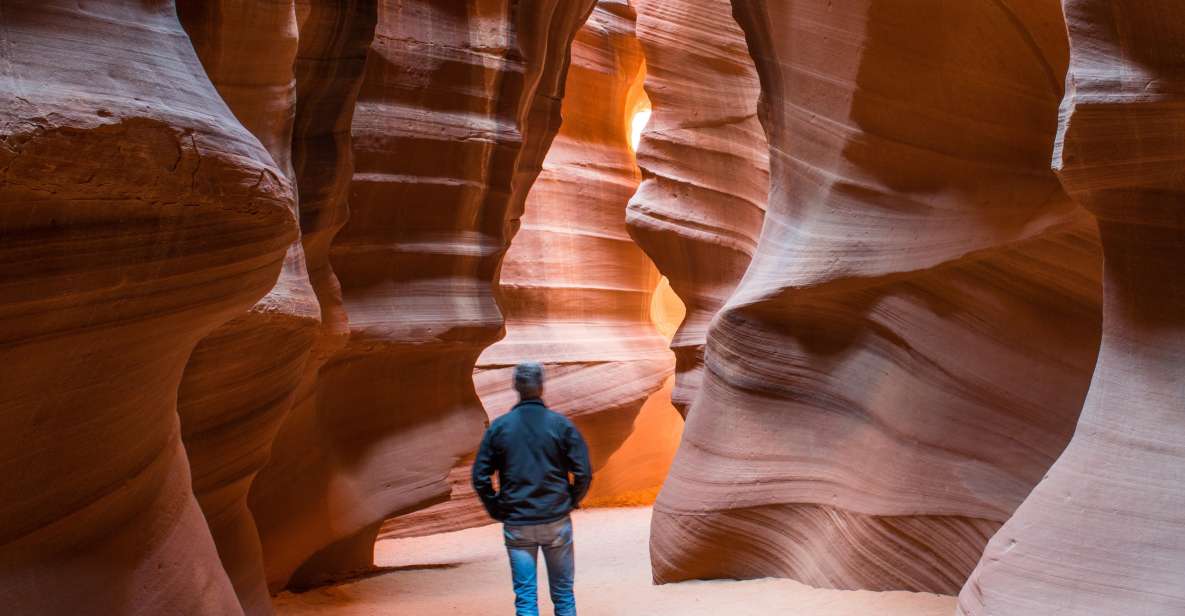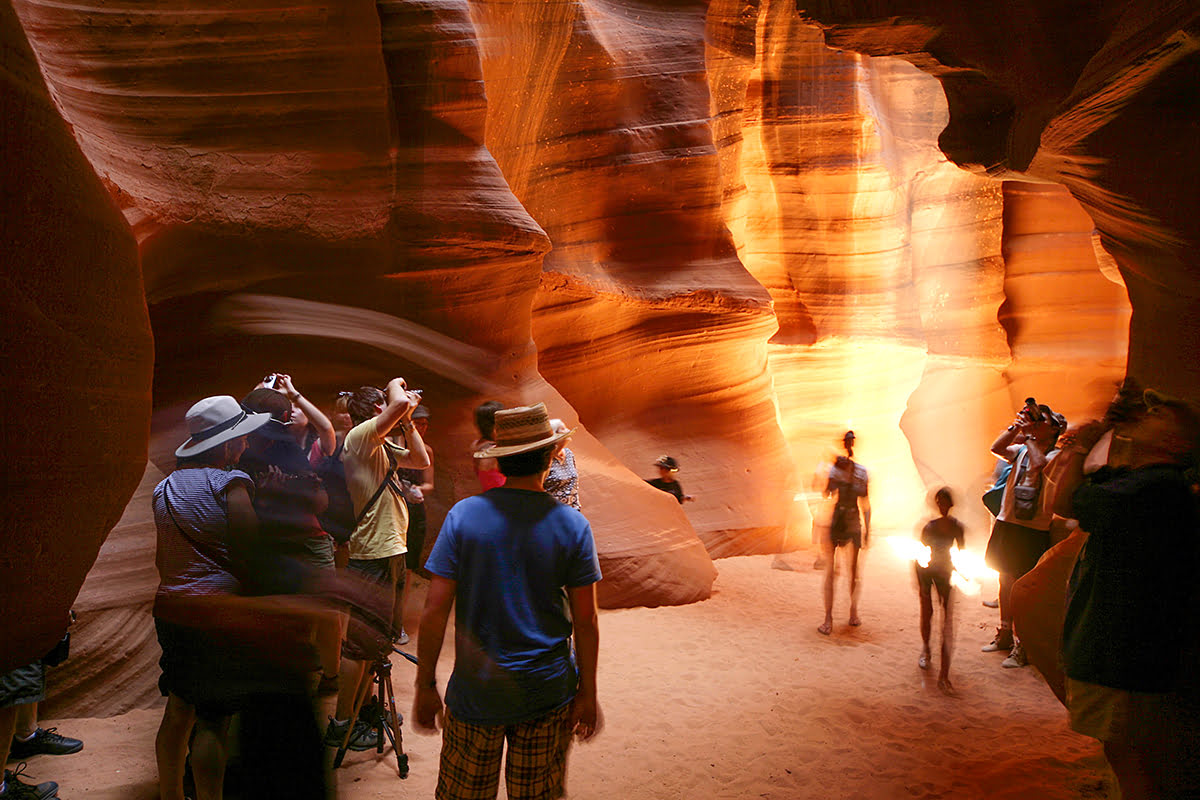
Beyond the Postcard: The Enduring Power of Authentic Navajo Nation Tours with Local Guides
In the sprawling, majestic expanse of the Navajo Nation, where ochre-red landscapes meet an impossibly vast sky, a profound journey awaits those who seek more than just a scenic view. For generations, visitors have been drawn to the iconic mesas of Monument Valley, the ancient cliff dwellings of Canyon de Chelly, and the silent, sacred beauty of Diné Bikéyah, the Navajo homeland. Yet, to truly understand this vibrant, resilient culture and its deep connection to the land, one must venture beyond the well-trodden paths and engage with the heart of the Nation: its people. Authentic Navajo Nation tours, led by local, Diné (Navajo) guides, offer an unparalleled gateway to this understanding, transforming a mere sightseeing trip into a transformative cultural immersion.
The distinction between a generic tour and one led by a local guide is not merely logistical; it is existential. A local Navajo guide doesn’t just navigate the terrain; they translate it. They don’t just point out landmarks; they imbue them with history, spirituality, and personal narrative. "Our land holds stories, not just rocks," explains Sarah Begay, a third-generation guide from Oljato-Monument Valley, whose family has lived in the region for centuries. "When I guide, I’m not just showing you a place; I’m sharing my home, my ancestors’ home, and the living history that flows through it." This profound personal connection is the bedrock of authenticity, offering visitors an experience impossible to replicate through guidebooks or independent exploration.
The Navajo Nation, larger than ten U.S. states combined, is a sovereign territory with its own government, laws, and, most importantly, a rich cultural heritage stretching back millennia. To enter this world with a local guide is to gain immediate access to a perspective shaped by oral traditions passed down through generations. These guides are often fluent in Diné Bizaad (the Navajo language), allowing them to share place names, songs, and greetings that resonate with the spirit of the land. They can explain the significance of a hogan (the traditional Navajo dwelling), the intricacies of Navajo weaving, or the meaning behind a specific petroglyph with a depth that only an insider possesses.
Consider the awe-inspiring beauty of Canyon de Chelly National Monument. Unlike many national parks where self-guided exploration is common, access to the canyon floor here is strictly regulated and requires a permitted Navajo guide. This policy is a testament to the canyon’s sacred status and the need for culturally sensitive navigation. Inside, guides like Daniel Yazzie, who has been leading tours in Canyon de Chelly for over 30 years, unveil a living museum. "Every rock, every canyon wall, has a voice if you listen," Yazzie shares, his eyes scanning the ancient dwellings etched into the cliffs. "These aren’t just ruins; these were homes, places of worship, sites of resilience. I tell the stories of the people who lived here, their struggles, their triumphs, and how we, their descendants, continue to honor their legacy."
These tours are not simply historical lectures; they are experiential journeys. Visitors might find themselves participating in a traditional Navajo meal of fry bread and mutton stew, prepared by a guide’s family. They might learn a few basic Diné phrases, or hear a traditional song sung under a canopy of stars, far from city lights. Horseback riding through the canyons, with the guide recounting creation stories or the harrowing history of the Long Walk, transforms a simple activity into a powerful, immersive lesson. These are the moments that forge genuine connections, allowing visitors to glimpse the world through a Diné lens.

Beyond the cultural enrichment, choosing a local Navajo guide carries significant economic and social benefits for the community. Tourism is a vital source of income for many families within the Navajo Nation, a region that has historically faced economic challenges. By directly hiring a local guide, visitors ensure that their money supports the very people whose heritage they are experiencing. This economic empowerment helps preserve cultural traditions, supports local businesses, and allows families to remain on their ancestral lands, passing down their knowledge and way of life to future generations. It’s a direct investment in the sustainability of Diné culture.
However, authenticity also demands respect and responsibility from the visitor. Local guides often emphasize the importance of appropriate etiquette: asking permission before taking photographs of people, respecting sacred sites by not touching artifacts or straying from designated paths, and engaging with an open mind and heart. "We welcome visitors, but we ask them to come with respect," says Clara Chee, a guide specializing in stargazing and cultural storytelling near Monument Valley. "This isn’t just a backdrop for your photos; it’s our life. We share it with the hope that you leave with a deeper understanding and appreciation, not just a souvenir."
The allure of the Navajo Nation lies not just in its dramatic landscapes, but in the vibrant tapestry of its living culture. A tour with a local Diné guide transcends the superficial, offering a profound journey into the heart of a resilient people and their sacred homeland. It’s an opportunity to learn not just about history, but from history, to connect with the land on a spiritual level, and to contribute to the economic and cultural well-being of the Navajo people. In an increasingly homogenized world, these authentic encounters are invaluable, fostering cross-cultural understanding and leaving an indelible mark on the traveler long after the red dust has settled from their shoes. To truly experience the Navajo Nation is to embark on a journey guided by those who call it home, and in doing so, to discover a richness that extends far beyond the most breathtaking postcard.



